Step into the dark side at the Tribeca Immersive film festival, where many of the latest virtual reality (VR) projects explored humanity in visceral and even unsettling scenarios. Viewers were taken to the center of a Syrian air raid and inside the memories of a UFO abduction, and shut into an airport interrogation room last week at Tribeca Film Festival’s virtual arcade.
Virtual reality pushes the format of storytelling and finds its place in the entertainment industry at Tribeca Film Festival.
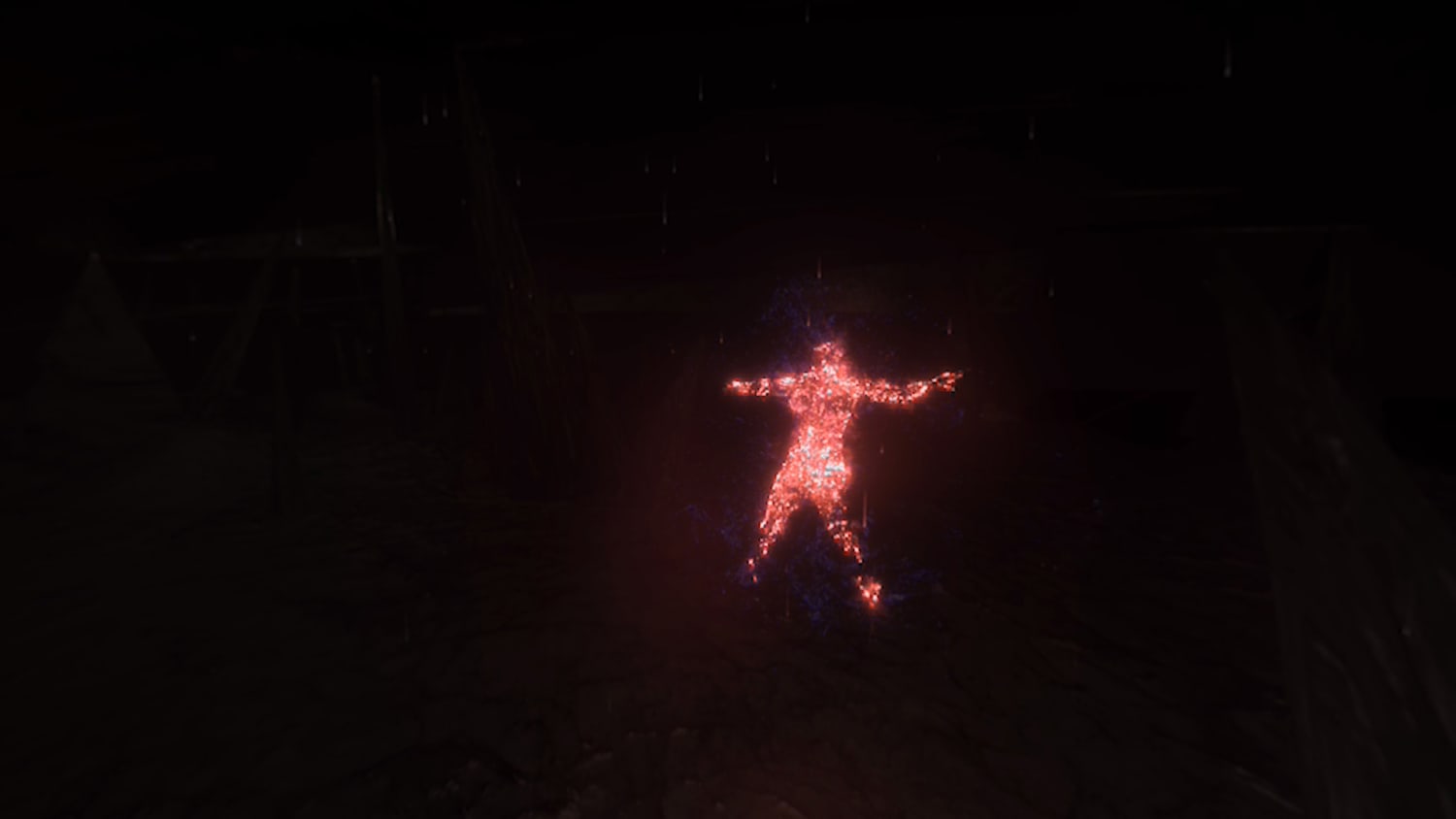
Empathy through movement
Creators of VR projects seem to be on a social mission, often plucking hot topics from news headlines and turning them into stories. Hero is set in a Syrian town where a bomb falls. The VR participant is in the center of the action and is asked to make a difference to what happens next, which could involve saving lives and becoming a hero.
Browser Tracking Protection enabled. Unable to display content.

The story invites the participant to roam in both the virtual and the real space, walking around and touching physical objects. Because of these multisensory touchpoints and storyline, Hero was considered one of the most intense and immersive VR experiences at Tribeca and subsequently won a 2018 Tribeca Storyscapes Award. “You really did feel like you were on the edge of a building where the façade had been blown away,” Frank Rose, author of The Art of Immersion, tells JWT Intelligence. “It was a very imaginative use of VR in tandem with the physical reality.”
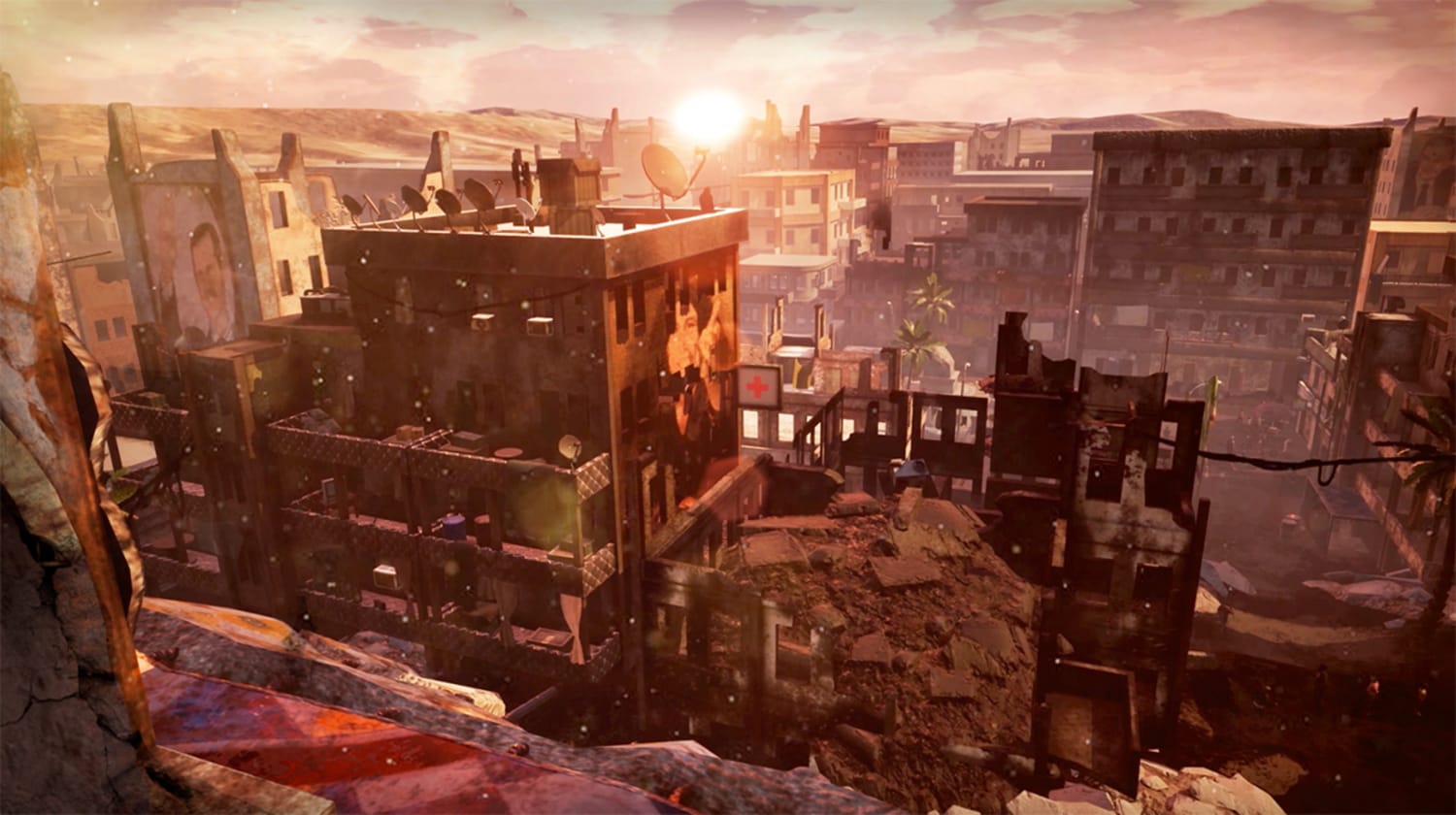
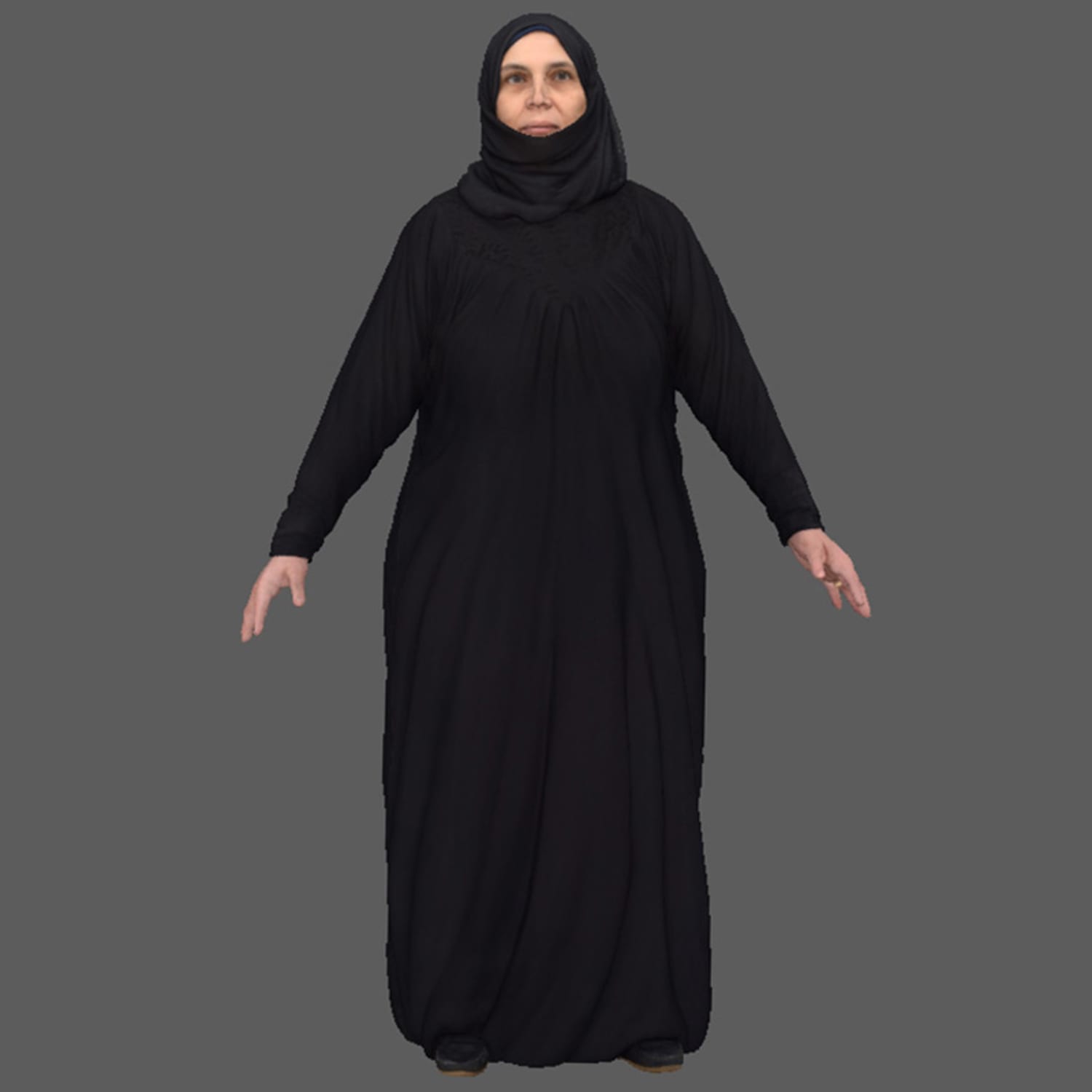
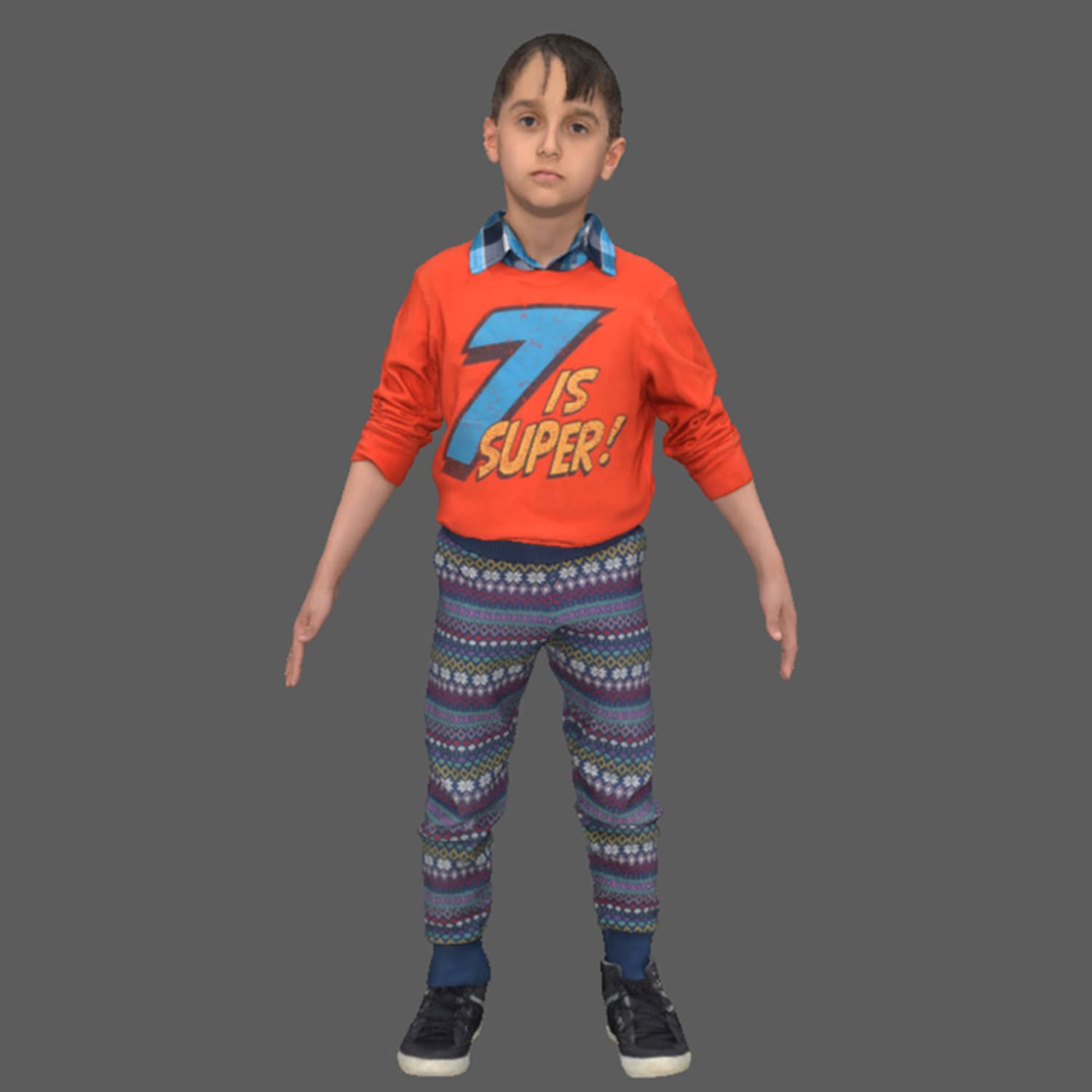
Creators of VR often liken it to an “empathy engine” but tech critics are less convinced by the description. “I don’t think we can say definitively that VR is an empathy machine,” says Rose. “Anecdotally, yes, it does place you in a situation that no other form of video does, but at the same time, in most VR, you’re there but you’re not there. The people in the video can’t interact with you so it’s like you’re dead and from outer space.” In a February 2018 article for Wired UK, Jeremy Bailenson, professor of communication at Stanford University, notes that “there is no medium that magically produces empathy… In VR, content that moves the body will also move the mind,” suggesting that genuinely interactive storytelling, as seen in Hero, is the key to generating empathy.
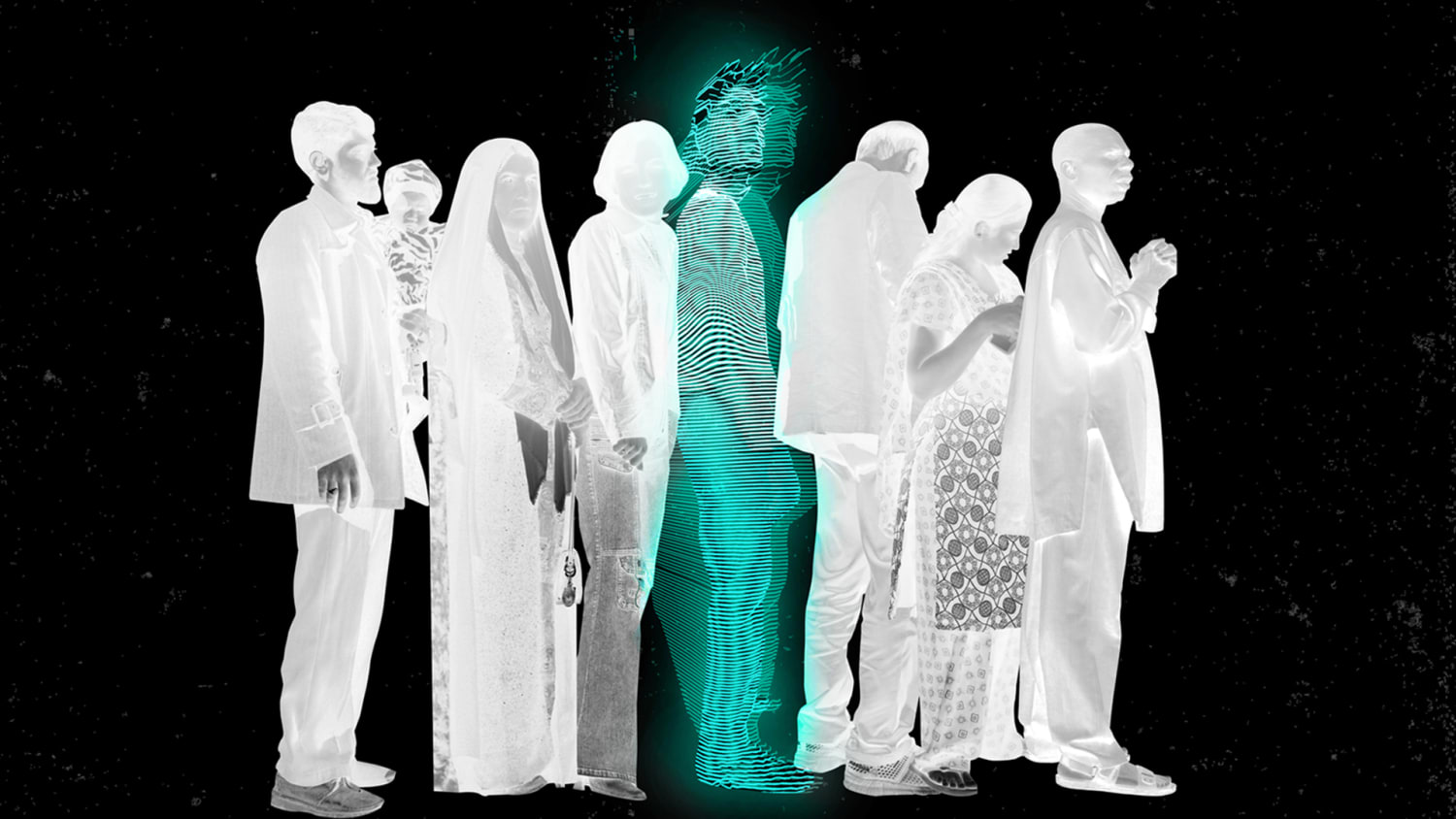
Terminal 3 is an augmented reality (AR) story that focuses on President Donald Trump’s 2017 executive order that temporarily halted people from seven Muslim-majority countries entering the United States. The project launched last week and puts participants behind a metal table, confronting a Muslim hologram and learning more about the hologram’s background and life story. Terminal 3 features six holograms, each based on a real person. The project attempts to give an up-close and personal account of what it feels like to single someone out in an interrogation room.
Embedded within a story
Not all projects at Tribeca Immersive required participants to play an active role. Viewers were also placed within a virtual setting to witness stories unfold. Fire Escape: An Interactive VR Series is based in Crown Heights, Brooklyn. The audience is invited to observe and eavesdrop on the private lives of eight tenants from the vantage point of a fire escape, and piece together a larger story that involves deception and murder. Dinner Party invites viewers to sit around a real table and enter the virtual memories of two “UFO abductees,” revealing the trauma of the experience and the uneasiness of hearing about it.
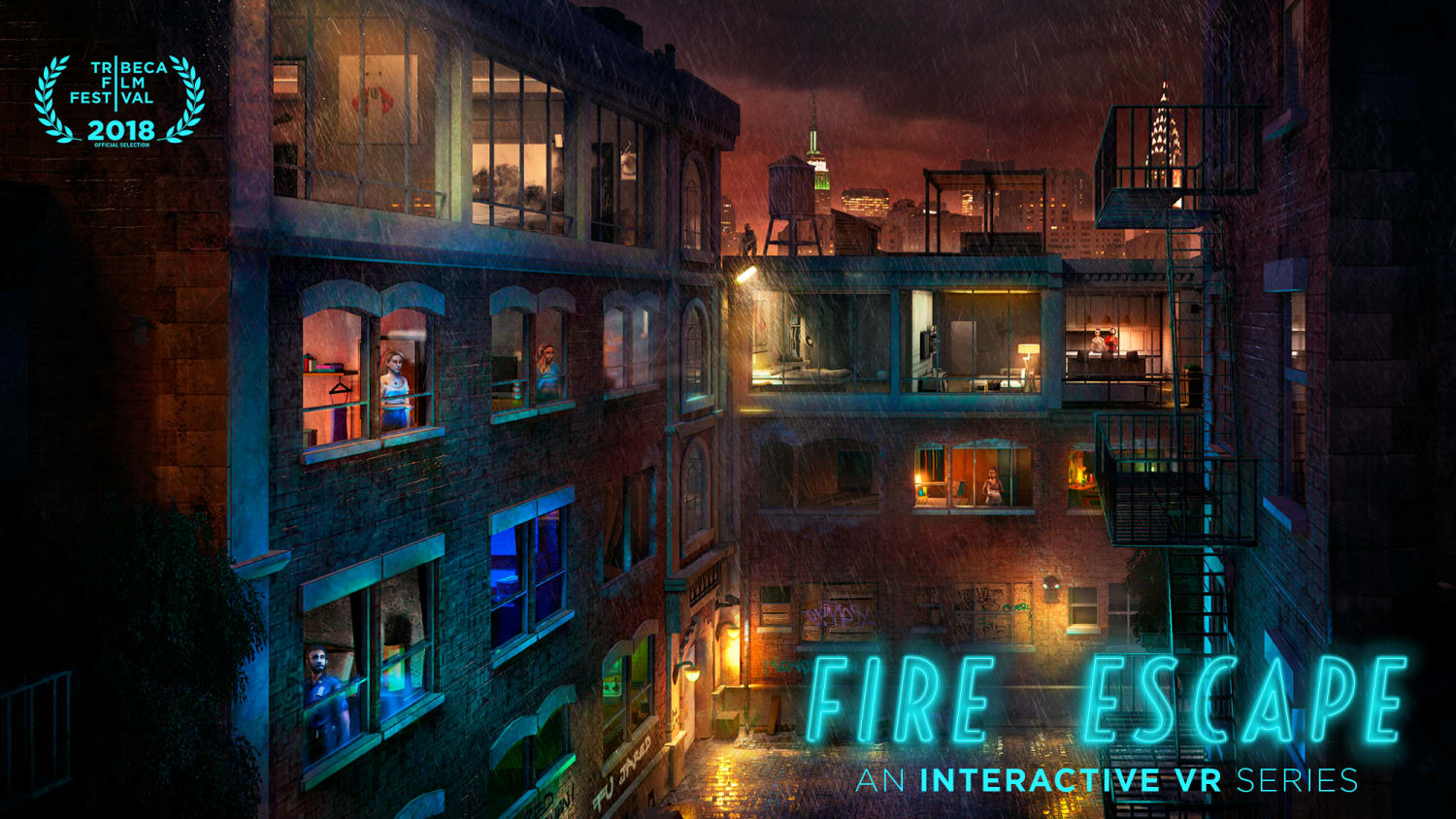
Social VR
VR is often an isolating experience. “There’s no good way to experience it in the presence of other people,” comments Rose. “That’s a real handicap, especially when it comes to digital media, unless you’re using it purely as an escape.” Facebook has dabbled in social VR. However, Rachel Franklin, the company’s head of social VR, who oversaw the launch of Facebook Spaces, tells MIT Technology Review that consumer feedback can be summed up as: “There is not enough to do here yet.” Exploration in this area continues to evolve, as making VR social seems to be a natural next step.
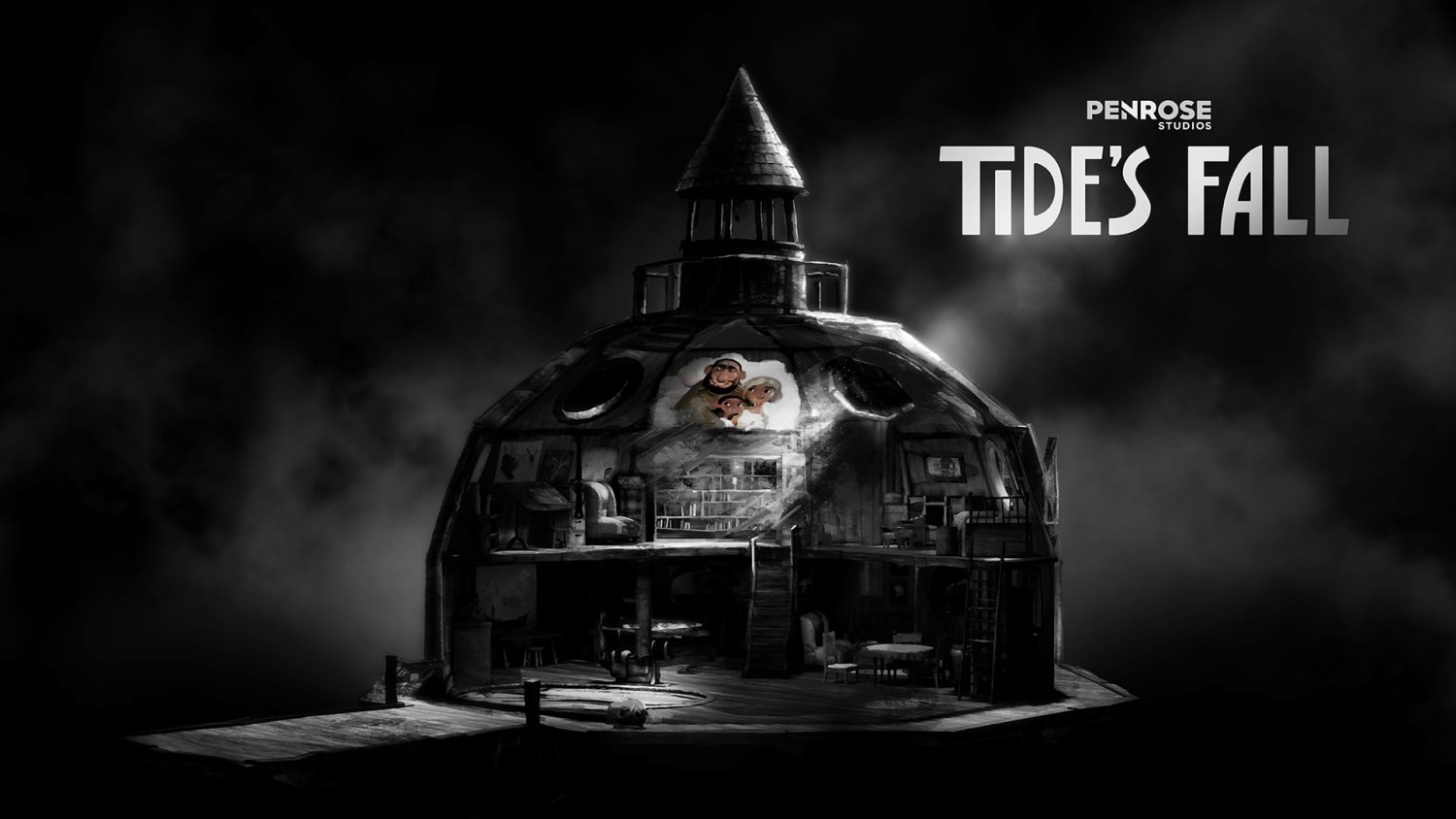
San Francisco-based Penrose Studios has created a collaborative tool called Maestro that allows engineers, animators and developers to enter live scenes and edit them together, thus offering a multiperson VR experience. This level of collaborative work most recently produced an intricate, detailed story—Arden’s Wake: Tide’s Fall made its debut at Tribeca Immersive and demonstrated that, with better technology behind VR, comes a smoother and perhaps more immersive storytelling portal.
Browser Tracking Protection enabled. Unable to display content.

What’s next?
Tribeca Film Festival’s continued dedication to VR suggests that entertainment is changing and that being placed in a virtual world is part of that shift. “VR is very promising and intriguing, but it’s not there yet,” says Rose. “It’s still such an experimental medium.” Creators of VR are constantly developing technology to make the experience as seamless as possible, and VR’s presence at Tribeca shows it is being taken seriously. As consumers shift their spending power from material goods to experiences, VR, currently a niche market, could turn out to be an experience worth immersing in.
Please provide your contact information to continue.
Related Content

Ford Ranger Ranger Campaign

